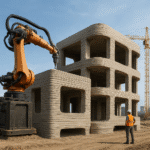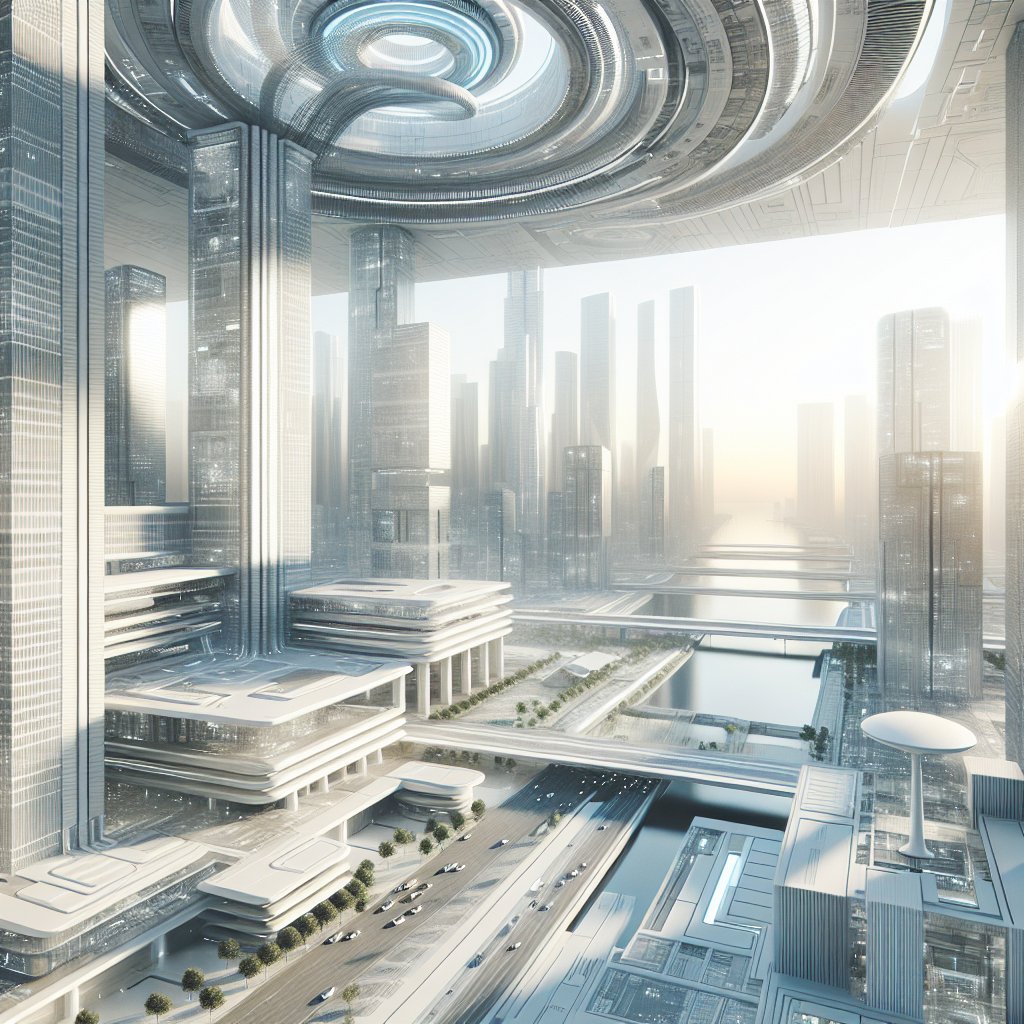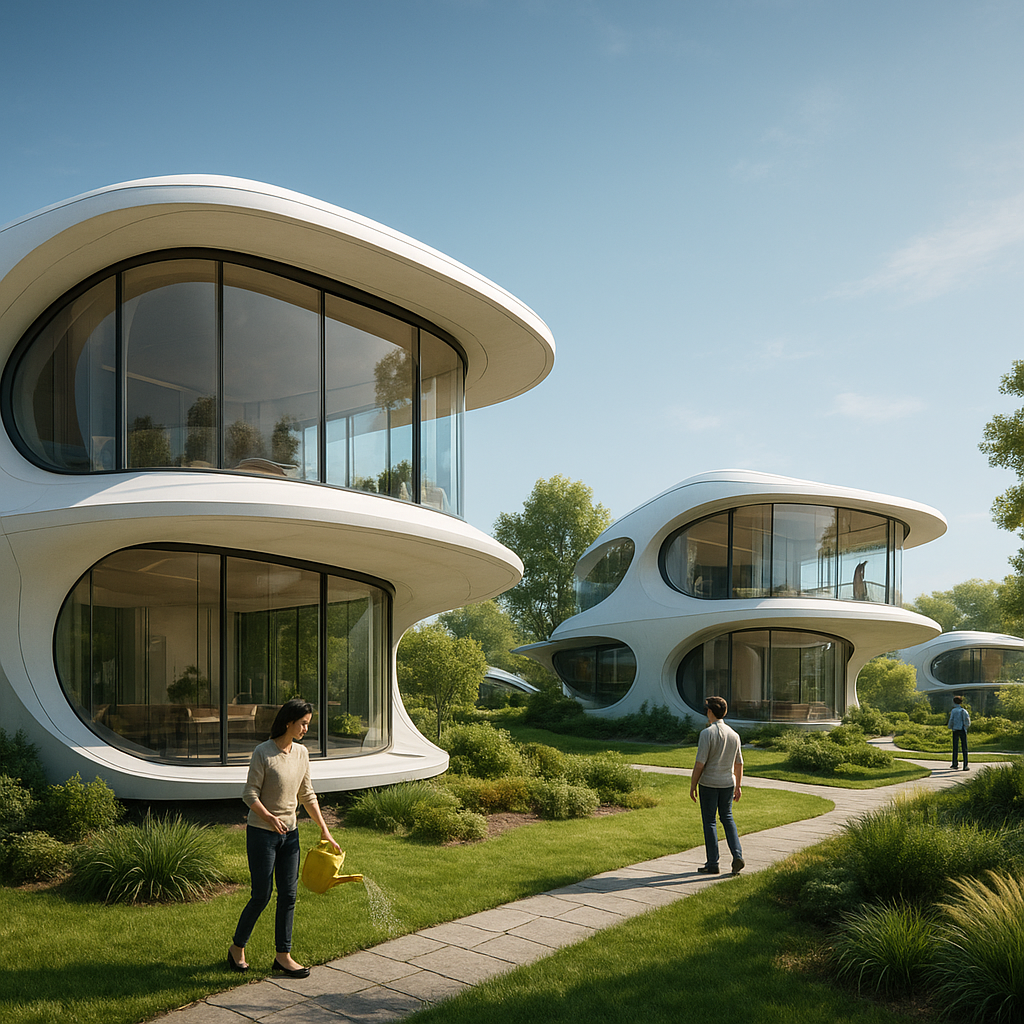Climate change is not just a scientific or environmental issue; it is a catalyst for innovation and transformation across various sectors, including architecture. As the planet faces unprecedented environmental challenges, architects are reimagining the built environment to adapt to and mitigate the effects of climate change. This article explores how climate change is influencing architectural trends, driving the development of sustainable, resilient, and futuristic designs.
The Rise of Sustainable Architecture
One of the most significant impacts of climate change on architecture is the growing emphasis on sustainability. As the world grapples with the consequences of global warming, architects are increasingly prioritizing eco-friendly materials, energy efficiency, and sustainable building practices. This shift is not merely a trend but a necessity, as buildings account for a substantial portion of global energy consumption and carbon emissions.
Sustainable architecture involves the use of renewable energy sources, such as solar and wind power, to reduce reliance on fossil fuels. Architects are designing buildings with integrated solar panels, wind turbines, and geothermal systems to harness natural energy. Additionally, the use of passive design strategies, such as natural ventilation, daylighting, and thermal mass, helps minimize energy consumption by optimizing the building’s interaction with its environment.
Moreover, the choice of materials plays a crucial role in sustainable architecture. Architects are opting for materials with low environmental impact, such as recycled steel, bamboo, and reclaimed wood. These materials not only reduce the carbon footprint of construction but also promote a circular economy by minimizing waste. Green roofs and living walls are also becoming popular, as they provide insulation, reduce urban heat, and enhance biodiversity.
Water conservation is another critical aspect of sustainable architecture. With water scarcity becoming a pressing issue in many regions, architects are incorporating rainwater harvesting systems, greywater recycling, and efficient plumbing fixtures to reduce water usage. These measures not only conserve water but also lower utility costs for building occupants.
Resilience in Design: Adapting to a Changing Climate
As climate change leads to more frequent and severe weather events, resilience has become a key consideration in architectural design. Buildings must be able to withstand natural disasters such as hurricanes, floods, and wildfires, which are becoming increasingly common due to climate change. This has led to the development of resilient design strategies that prioritize safety and durability.
One approach to enhancing resilience is the elevation of structures in flood-prone areas. By raising buildings above potential flood levels, architects can protect them from water damage. Additionally, the use of flood-resistant materials, such as concrete and steel, can help minimize damage during flooding events. In coastal regions, architects are designing structures with aerodynamic shapes to reduce wind loads during hurricanes.
Fire-resistant design is also gaining attention, particularly in areas prone to wildfires. Architects are using non-combustible materials, such as metal and concrete, and incorporating firebreaks and defensible spaces to protect buildings from fire. Furthermore, the integration of smart technologies, such as automated fire suppression systems and real-time monitoring, enhances the safety and resilience of buildings.
In addition to physical resilience, architects are considering the social and economic resilience of communities. This involves designing buildings and neighborhoods that promote social cohesion, economic opportunities, and access to essential services. Mixed-use developments, walkable neighborhoods, and community spaces are examples of design strategies that enhance the resilience of communities in the face of climate change.
Innovative Technologies Shaping the Future of Architecture
Technological advancements are playing a pivotal role in shaping the future of architecture in response to climate change. Innovations such as 3D printing, smart building systems, and advanced materials are enabling architects to push the boundaries of design and construction.
3D printing technology is revolutionizing the construction industry by allowing for the rapid and cost-effective production of building components. This technology reduces material waste and energy consumption, making it an environmentally friendly option. Additionally, 3D printing enables the creation of complex and customized designs that were previously difficult to achieve with traditional construction methods.
Smart building systems are another technological innovation transforming architecture. These systems use sensors, automation, and data analytics to optimize building performance and energy efficiency. For example, smart thermostats can adjust heating and cooling based on occupancy patterns, while automated lighting systems can reduce energy usage by turning off lights in unoccupied areas. These technologies not only enhance sustainability but also improve the comfort and convenience of building occupants.
Advanced materials, such as self-healing concrete and phase-change materials, are also contributing to the evolution of architecture. Self-healing concrete can repair its own cracks, extending the lifespan of structures and reducing maintenance costs. Phase-change materials can absorb and release heat, providing natural temperature regulation and reducing the need for mechanical heating and cooling systems.
The Role of Urban Planning in Addressing Climate Change
Urban planning is an integral part of the architectural response to climate change. As cities continue to grow, planners and architects must work together to create sustainable and resilient urban environments. This involves rethinking transportation, land use, and infrastructure to reduce carbon emissions and enhance the quality of life for urban residents.
One approach to sustainable urban planning is the development of transit-oriented communities. By designing neighborhoods around public transportation hubs, planners can reduce reliance on cars and promote the use of sustainable transportation options, such as buses, trains, and bicycles. This not only reduces carbon emissions but also alleviates traffic congestion and improves air quality.
Green infrastructure is another key component of sustainable urban planning. This involves the integration of natural systems, such as parks, greenways, and wetlands, into urban environments. Green infrastructure provides numerous benefits, including stormwater management, habitat creation, and recreational opportunities. It also enhances the resilience of cities by mitigating the impacts of extreme weather events.
Furthermore, urban planners are focusing on the development of mixed-use neighborhoods that combine residential, commercial, and recreational spaces. This approach promotes walkability, reduces the need for long commutes, and fosters vibrant communities. By creating compact and connected urban environments, planners can reduce the carbon footprint of cities and improve the overall quality of life for residents.
Conclusion: The Future of Architecture in a Changing Climate
As climate change continues to pose significant challenges, the field of architecture is undergoing a profound transformation. Architects and urban planners are embracing sustainability, resilience, and innovation to create buildings and cities that can adapt to and mitigate the effects of climate change. By prioritizing eco-friendly materials, energy efficiency, and resilient design strategies, the architectural community is leading the way toward a more sustainable and resilient future.
The integration of advanced technologies and innovative design approaches is enabling architects to push the boundaries of what is possible, creating structures that are not only functional but also environmentally responsible. As we look to the future, it is clear that architecture will play a crucial role in addressing the challenges of climate change and shaping a more sustainable world for generations to come.










